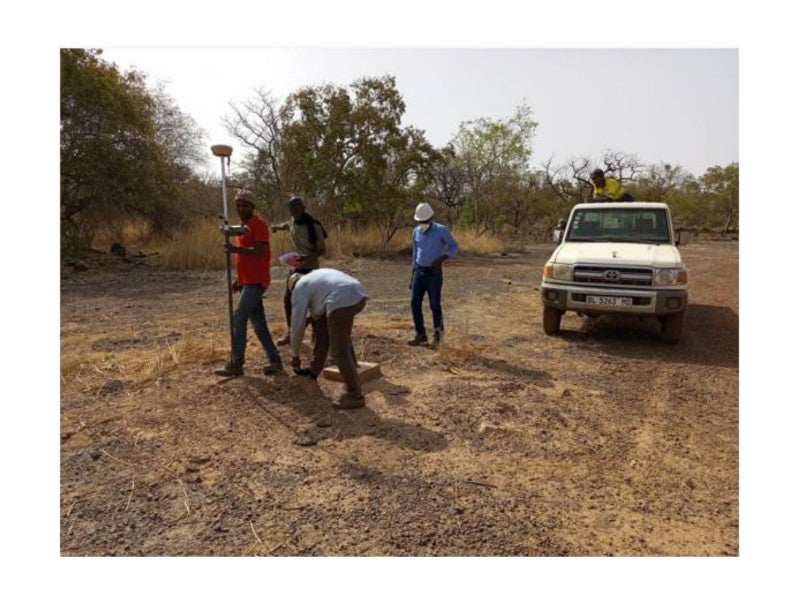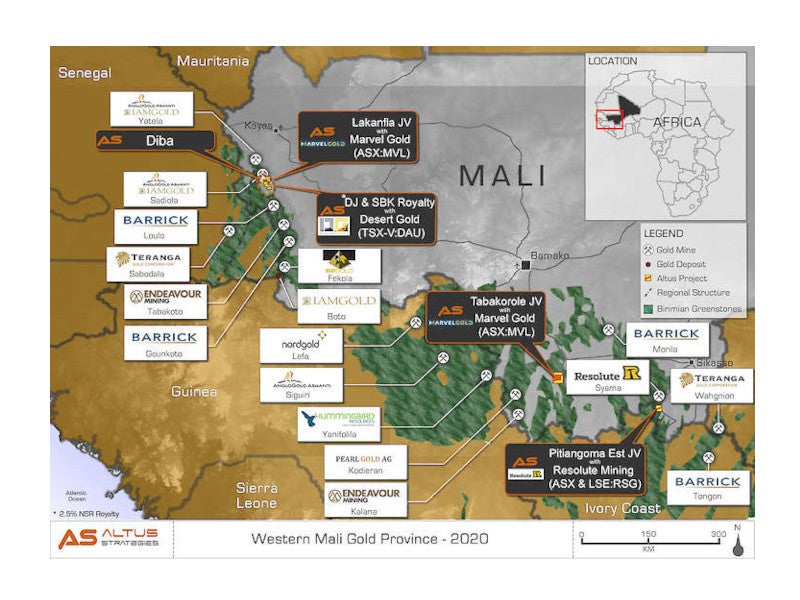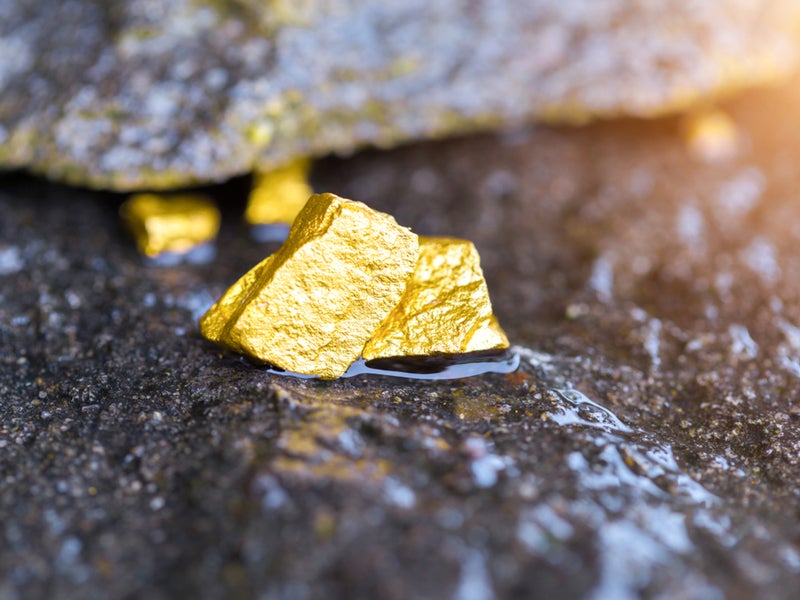The Diba gold project is located within the Korali Sud licence in the Kayes region of Mali. Altus Strategies (Altus), a UK-based mining royalty company, owns the project.
A preliminary economic assessment (PEA) for the project was released in July 2020.
The mine is expected to have an average annual production of 57,290 ounces (oz) over its lifetime, according to the base case production scenario of an updated PEA released in November 2020. The base case scenario also considers a mine life of 39 months and a pre-production capital expenditure of $20m.
Altus received a four-year gold mining licence from the Ministry of Mines, Energy and Water of Mali for the Diba gold project in April 2022.
Location and geology of the Diba Project
The Diba project is located approximately 450km west of Bamako and 100km south of Kayes. Spread across 81.1km², the Korali Sud licence is situated 5km west of the Lakanfla gold mine, which is a joint venture (JV) between Altus and Marvel Gold.
The mine lies 13km south of the Sadiola gold mine and 35km south of the Yatela gold mine.
The deposit’s major lithologies are made up of a series of calcareous lower-greenschist facies metasediments. The facies are classified under two types, namely the lower calcareous sequence (LCS) and the upper calcareous sequence (UCS).
The area primarily comprises the two most greenschist facies, specifically carbonatisation and sulphidation.
Mineralisation and reserves in Mali-based gold project
The oxide zone hosts more than 50% of the mineralisation. The gold mineralisation is close to the surface and extends over a footprint of about 700m x 700m, with several intersects occurring within the first 10m.
The licence area hosts seven nearby prospects that are yet to be systematically drilled.
Gold mineralisation is strata-bound and limited to the UCS. The mineralised bodies have a thickness of up to 40m and dip shallowly by 30° to the east/east-south-east.
The deposit is estimated to contain indicated mineral resources of 4.83 million tonnes (Mt) containing 217,000oz of gold, grading 1.39g/t. Inferred resources are estimated at 5.48Mt, containing 187,000oz of gold grading 1.06g/t.
Mining methods at the Diba gold project
The PEA confirmed the viability of open-pit mining to extract the ore from the deposit. Traditional open-pit mining methods are proposed to be used, including drilling, blasting, loading and haulage.
The conceptual mine design assumes the use of articulated trucks with a tray capacity of 20m³.
The pit design is based on a mining width of more than 30m and a ramp width of 12m. The PEA considered two production planning scenarios.
In the first scenario, the plant is expected to have a processing capacity of 1.5 million tonnes per annum (Mtpa), while the second is based on a capacity of 1Mtpa.
Two CAT365 excavators are expected to be used for initial waste stripping operations. A CAT360 or similar excavator with a bucket capacity of 4.6m³ is planned to be used to load the material.
Processing at the Diba project
The proposed processing methods include the use of heap leach technology and carbon-in-column (CIC) processing to extract gold from the pregnant leach solution (PLS).
The processing plant design is proposed to include a two-stage crushing, screening and agglomeration, followed by heap stacking and leaching using a three million cubic metre-lined heap leach facility with berms.
The run-of-mine (ROM) oxide material will be transported by haul trucks to the two-stage crushing circuit comprising a jaw crusher, a vibrating screen, a cone crusher, as well as an optional agglomerator and mobile conveyors.
The ore will be crushed to a size finer than 25mm. Ore from the ROM bin will reach the primary jaw crusher via a belt conveyor. The discharge from the jaw crusher will be sent to a vibrating screen to remove undersize material from the ore, which will be fed to the secondary cone crusher.
Oversize material will then be sent to a surge bin before being sent to the secondary cone crusher.
The material from the crusher and the optional agglomerator stages will be reclaimed and transported to the heap leaching stage via a haul truck. It will be stacked onto the heap leach pad.
The barren leach solution (BLS) will be transferred to the heap pad and then distributed to the surface through drip emitters. The cyanide solution will flow through the heap and percolate down to dissolve the gold, while the leachate containing gold will reach the pregnant leach solution (PLS) pond.
The heap leaching process is proposed to comprise four-lined solution ponds, including one each for PLS and BLS. The remaining two ponds are expected to be used for event or overflow solutions and polishing. The event pond is intended to store extra process solutions temporarily during the wet season.
The next step in the processing will include the CIC process for gold recovery. The solution from the PLS pond will be sent to a holding tank and then a pressure clarifier to remove suspended solids. It will then be sent to a deaeration tower to remove oxygen.
The PLS will be passed through activated carbon-charged columns for gold adsorption. The loaded carbon will be sent to the stripping circuit where it will be treated in a heated solution containing sodium hydroxide and cyanide. Gold will be removed from the carbon surface at this stage.
The sodium hydroxide and cyanide solution will be transferred to electrowinning cells to recover gold. A high-pressure water spray will be used to remove the gold deposited on the cathodes.
Subsequent steps will include melting the powdered gold in a smelting furnace and producing dore bars, which will be refined offsite to produce high-purity gold products.
Infrastructure details
The project site can be reached from Bamako via the partially paved Bamako-Dakar Road up to Kéniéba (about 450km drive) and the 140km-long dirt route to Kantela. Alternatively, it can be accessed via the 506km-long paved road from Bamako to Kayes.
The planned infrastructure development will include a maintenance workshop, an administrative building area, a storage area for explosives, substation and power distribution, as well as access and site roads.
Future studies will investigate the options to meet the power supply requirements of the project. The operations are expected to be supported by onsite diesel-powered generators.
The Diba project will depend on two distinct water supply systems for its freshwater and process water needs.
Water from a nearby river will be treated and stored in a water storage tank to meet potable water needs.
Contractors involved in the Diba gold project
Independent consulting company Mining Plus UK prepared the June 2020 PEA technical report for the Diba gold project. It also provided the revised mineral resource estimate and an updated PEA report.
Grinding Solutions, an international mineral processing consultancy and laboratory, was engaged to conduct mineral processing and metallurgical testing.






